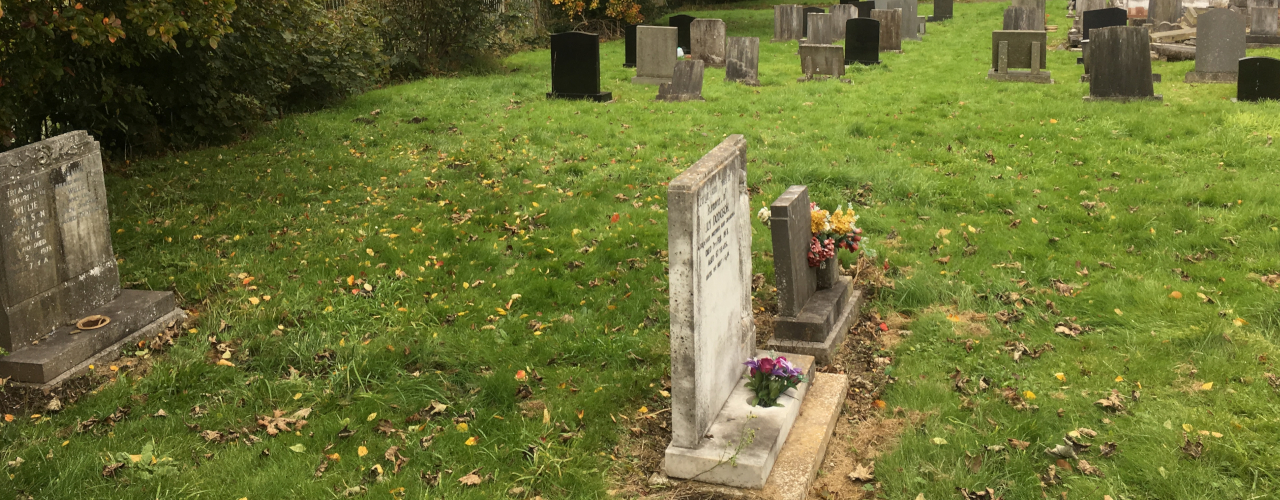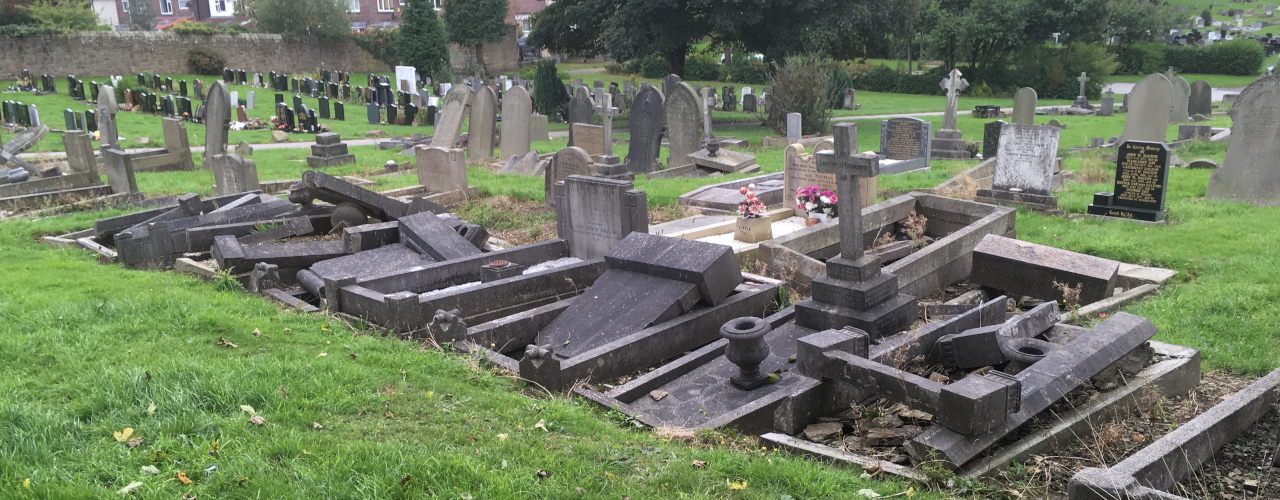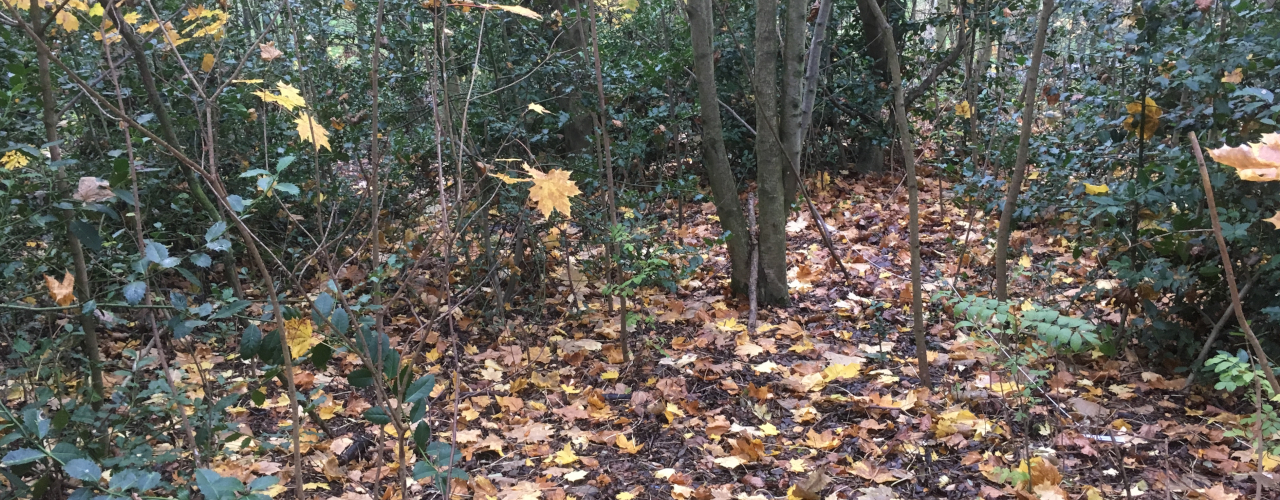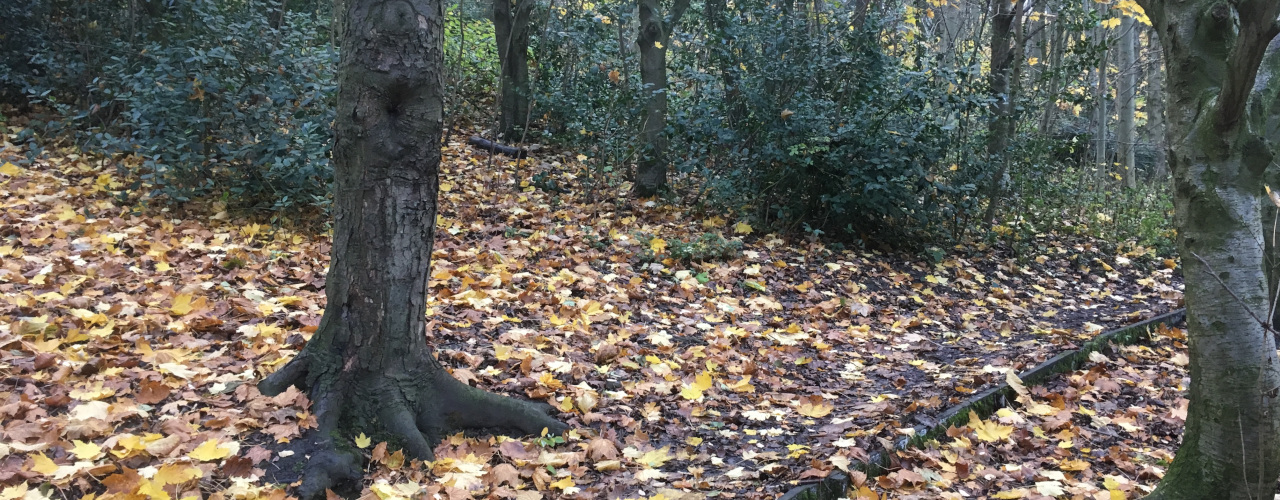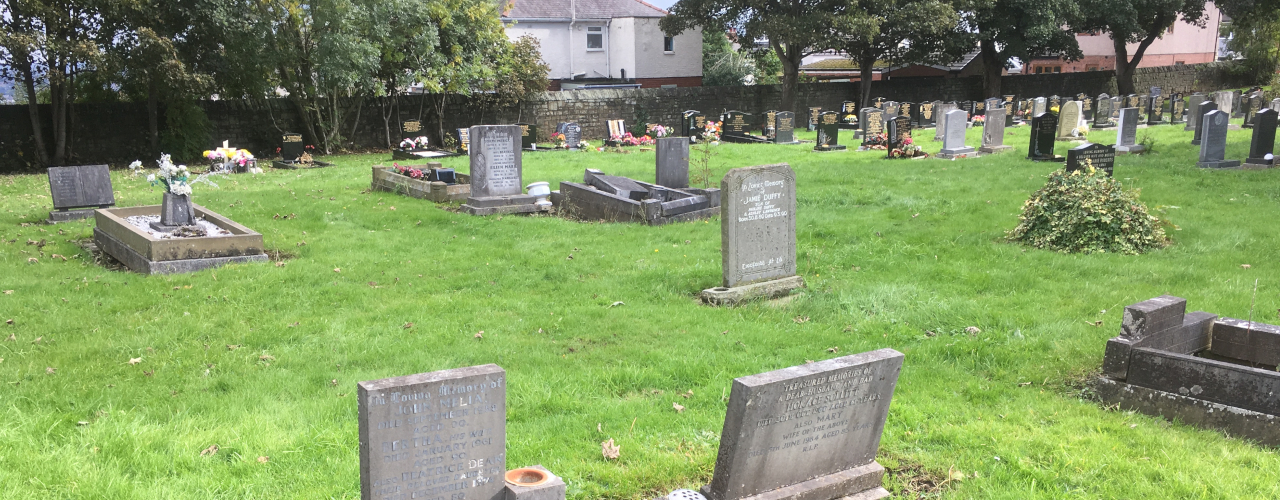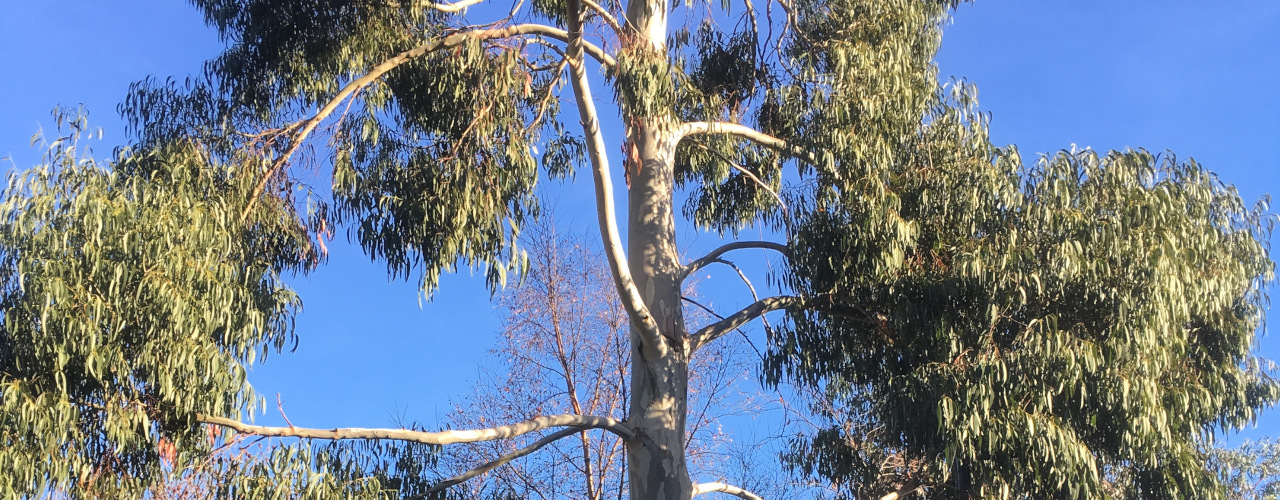Sustainable Cemeteries (Part 2) - The Solutions
Examples of actions which can be applied to many existing cemeteries throughout the UK are shown below, including both positives and negatives to potential solutions. These actions mainly include changes in maintenance.
Reduced grass cutting frequency
Since shortly mown amenity grass is the most common and dominating vegetation in a cemetery, changes in maintenance can have a big impact.
Benefits:
- Increased habitat potential for invertebrates
- Increased biodiversity can provide educational opportunities for local schools
- Longer grass is more resistant to climate extremes (e.g. drought)
- Reduced maintenance costs
Negatives:
- Less tidy appearance, may result in negative pushback from the public
- Can appear like no one is caring for the space
Potential solutions to drawbacks:
Short mown ‘strips’ of grass adjacent to paths, or to the front of graves can help show that the space is still being maintained, and will be more visually appealing especially to those used to the short mown grass aesthetic of cemeteries - mitigating negative public perception

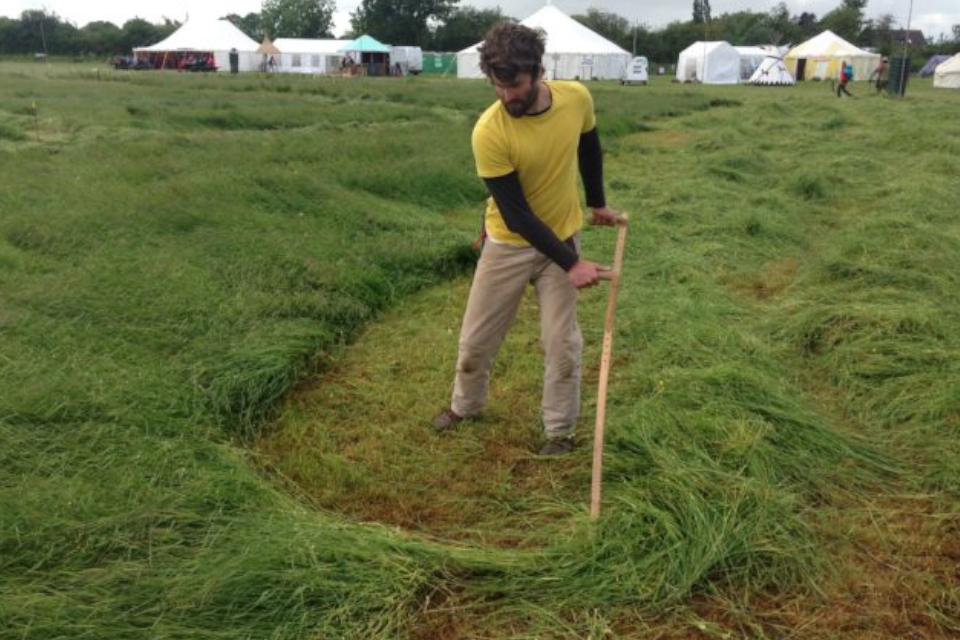
Scything (Image source: Abundantgardens.uk)
Change in grass cutting method
Instead of the typical machine mowing and strimmers used in typical grass cutting, this action looks to implement alternative methods, two of which are below.
Animal Grazing
This action would bring grazing animals onto the cemetery, either once or twice a year, or remain year round within the cemetery. The selection of docile grazing animals would be ideal as they may be in close proximity to people.
Benefits:
- Reduced time spent cutting grass
- More environmentally sustainable compared to using machine mowers
- Informal ‘leasing’ of cemetery for animal grazing could bring in additional income
- Increased social benefits, including attracting new users whilst helping people deal with grief, stress and generally improve their mental well-being
Negatives:
- May be seen as disrespectful or not appropriate for a cemetery setting, and thus may receive negative pushback from some of the public
- Increased logistical considerations including securing of boundaries, observation of animals, and implmentation of animal fencing restrict their access to fresh graves
- Cemetery will likely need to be locked at night (as typical for a cemetery)
Scything
This action would include the use of scythes to maintain areas of grass. Possibly working with local sycthe training groups to provide a space where they can train
Benefits:
- Has educational and social value, and can provide the opportunity for training and workshops for those wanting to learn, resulting in low/zero cost grass maintenance
- Quieter compared to machine mowing
- Lower carbon footprint
Negatives:
- More labour intensive and time consuming
- Requires the engagement of scythe enthusiasts
- Can be more problematic/less practical in places with gravestones at high densities
Transition to natural/green burials
Natural/green burials are a burial method that avoids the typical embalming/chemical treatment process, with the wrapping of the body in a shroud rather than a coffin.
Benefits:
- Reduced chemicals leaching into the natural environment
- Reduced grave subsidence due to absence of coffin
- Reduced decomposition time means grave can be reused within a shorter amount of time
- Bodies can be buried at higher densities, resulting in a more efficient use of existing space
Negatives:
- Not as common in the UK, so people are still unfamiliar with the process
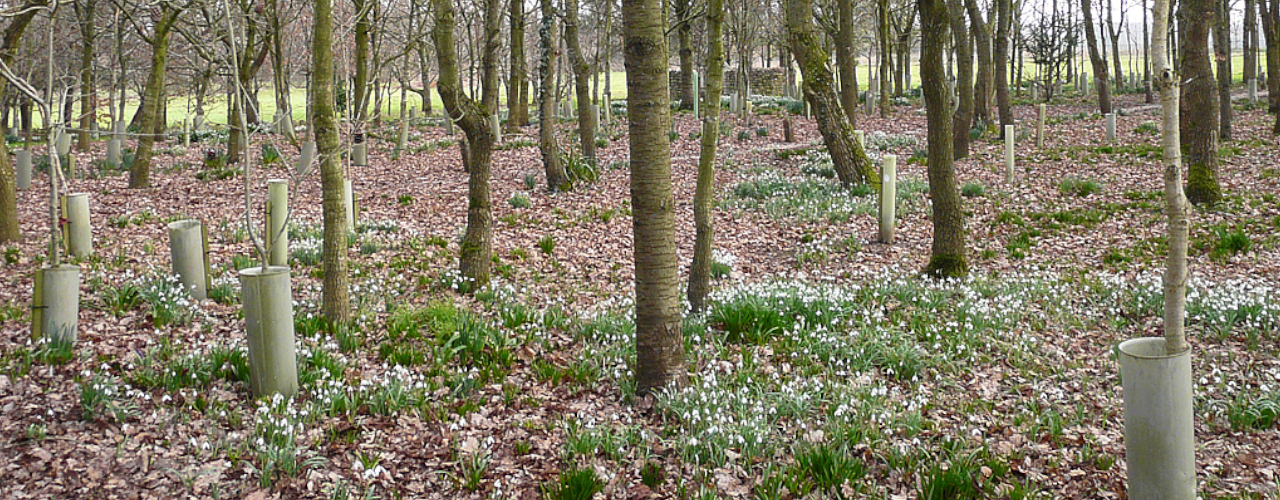
Transition to alternative grave markers
Gravestones are one of the most common way to mark graves in the UK, however transitioning to using alternative grave markings such as tree planting or GPS will be more sustainable.
Benefits:
- Fewer gravestones will mean easier grass maintenance
- Gravestones can form hazards over time, and may need removing later on, and so a lack of them will be beneficial in this sense
- Reduced carbon footprint for alternative markers compared to gravestones
Negatives:
- Natural burial markers can be considered less permanent and personalised compared to gravestones
- May be more difficult for mourners to locate the exact burial spot
Whilst these are only a handful of actions, they could have a large impact on the value of cemeteries to both wildlife and people.
Of course, despite the countless benefits mentioned, public perception and continuance of the status quo are likely the largest hurdles to enacting positive change.
The formation of precedent cemetery sites within the UK to demonstrate the implementation of these principles would be beneficial and help encourage other cemeteries to follow more sustainable practices.
